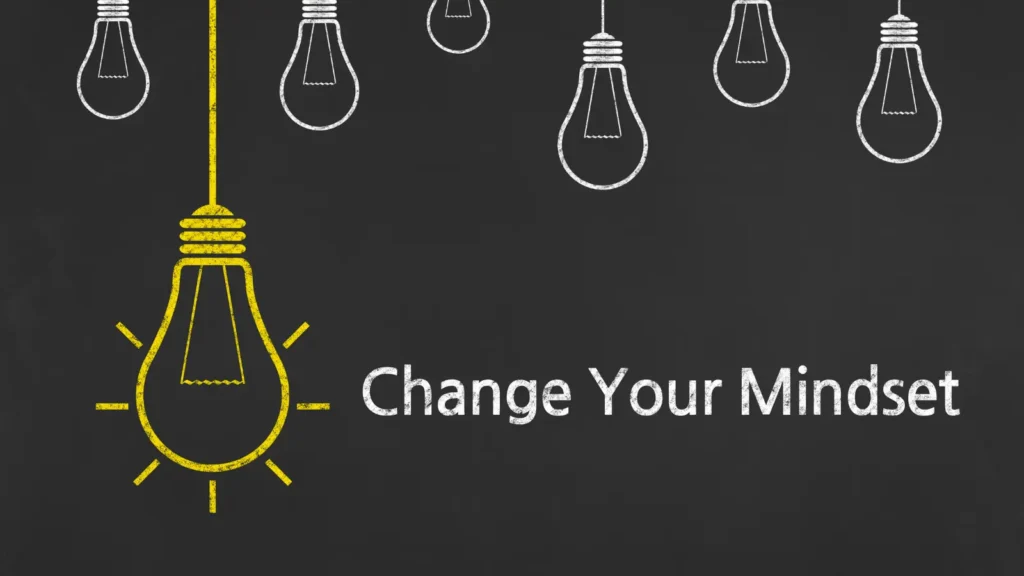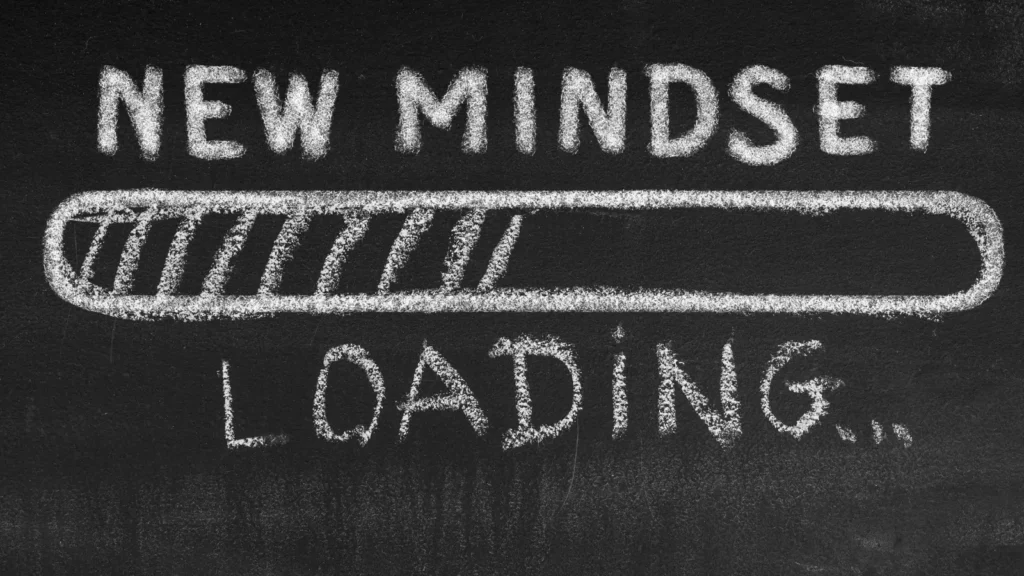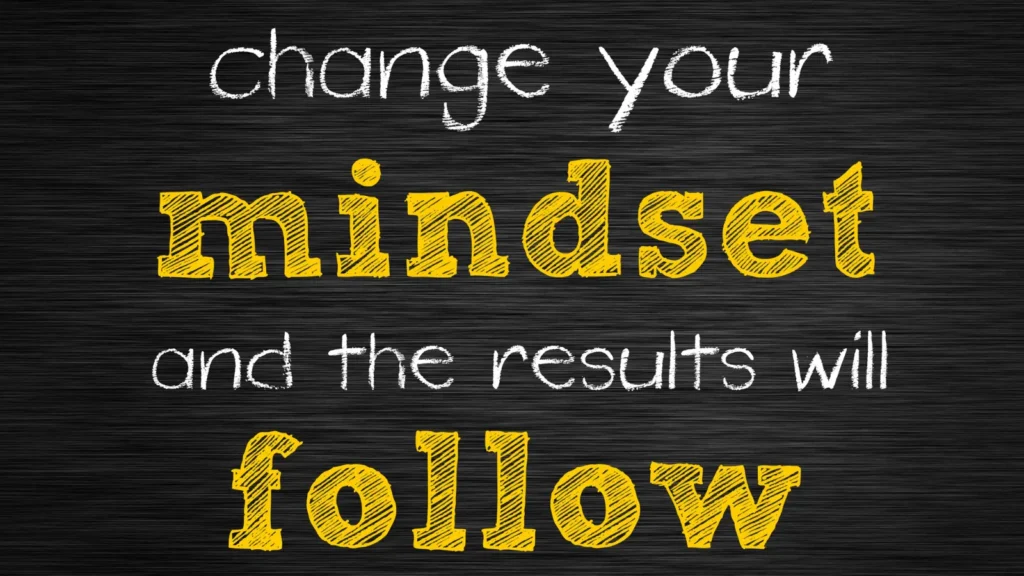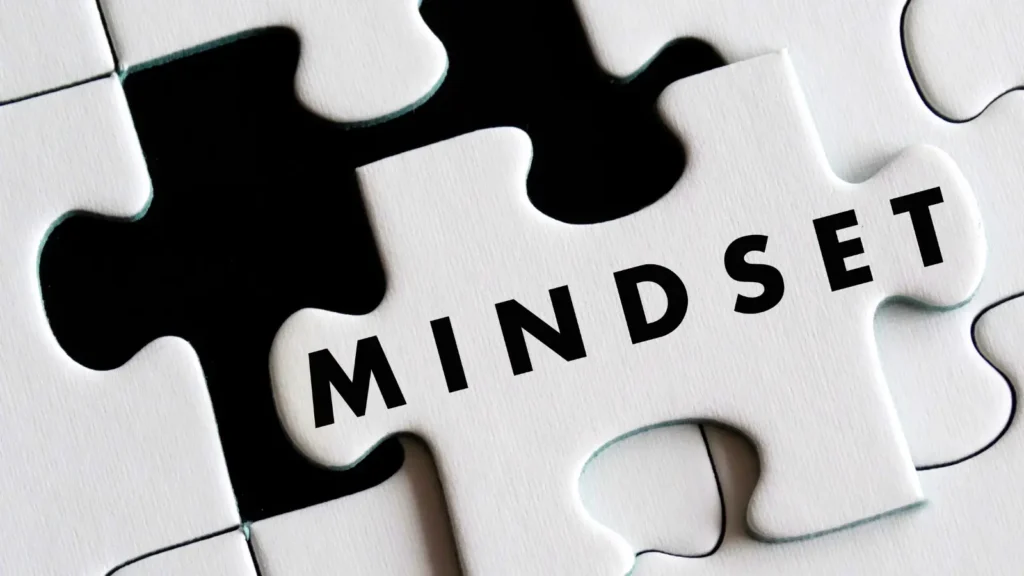Have you ever wondered why some students bounce back from their mistakes easily while others stumble, get stuck, or just give up? This article tries to answer this question. We explore how students with a growth mindset see their mistakes not as failures but as valuable opportunities for growth and learning.
By understanding and adopting this perspective, students can improve their resilience, enhance their academic achievements, and develop a more positive approach to challenges.
The Essence of a Growth Mindset
Psychologist Carol Dweck coined the term “growth mindset.” Her research showed that believing students can improve their abilities helped them get better grades than those who didn’t.
The concept is quite true because our brains can reorganize themselves and create new neural connections throughout our lives. This ability of the brain is called neuroplasty.
That’s why as we learn and get over our mistakes, we reinforce new neural connections and practically ‘modify’ our skills and intelligence.
When students understand this concept, they try to expand their mental capacities. They don’t get intimidated by challenges and persist through them to engage more deeply with learning material.

How Do Students with a Growth Mindset See Their Mistakes?
When students have a growth mindset, it totally changes how they view mistakes and failures. Instead of judging their abilities due to their failures, they see it as an inevitable part of the path to success.
They think about what went wrong and try to overcome it whenever they make mistakes. Let’s say you’re struggling with a math problem, and you can’t seem to get the right solution. A student with a fixed mindset would give up and think that math is not for him.
In contrast, a student with a growth mindset doesn’t view an incorrect answer as a sign of defeat and just throws in the towel. He’ll try to examine his solution and try to find the reason for the mistake. They might ask their teacher for help or look through books or the internet to figure out where they went wrong and how to fix it.
By adopting the growth mindset, students develop a new and better relationship with learning. They become more adaptable and achieve more in academics.

The Role of Success Coaches in Fostering a Growth Mindset
If a student doesn’t already have a growth mindset, it might not be very easy for them to develop one. But the good news is they don’t always have to do it on their own. Success coaches are incredibly helpful in guiding students toward developing a growth mindset.
Success coaches make the journey personalized. They give students the support and tips they need to ditch their fixed mindset. They use different techniques, such as positive reinforcement, reflection, and goal setting, to help students get out of the rut of beating themselves up over mistakes.
These coaches focus on changing the students’ thinking. They might arrange workshops and one-on-one sessions that make students more resilient. These interactions motivate students to take ownership of their learning.
With individualized guidance and the latest techniques of success coaches, these students learn how to solve problems, what to do when faced with setbacks, and how to keep learning and improving.
Analyzing Mistakes and Becoming More Resilient
Students with a growth mindset learn from their mistakes. And to learn from a mistake, you have to analyze it. It helps understand the errors and mistakes and improve upon them.
When growth-minded learners face a setback, they start asking themselves, “What went wrong?” “What can be done differently to avoid this in the future?” This helps them understand the root of the problem and employ strategies to do better next time.
With continuous reflection, students improve their methods and techniques. They become better problem solvers and become more resilient and adaptable.
Another important aspect of developing a growth mindset is persistence. Growth-minded students do not feel intimidated by challenges and keep learning by improving their mistakes. This approach helps them understand the subject more deeply.
When students learn to view effort as an inevitable and essential part of learning, they stay motivated, trust the process, and are dedicated and enthusiastic. They also develop a sense of self-efficacy and confidence, which fuels their academic growth.

Effort and Strategy: Pillars of Improvement
Success in any venture requires a combination of effort and strategies. The same is true for academic learning and developing a growth mindset. Only students who work hard and use effective strategies get the best grades.
Hard work alone is not sufficient if the direction is not right. Repeating the same errors won’t get you anywhere. Students need to understand this and develop their own learning strategies. Every time they make a mistake, they should update their strategies to ensure they don’t repeat the mistake again.
For example, a student struggling with keeping track of their tasks can use a time management tool to prioritize important tasks. This way, the habit of creating and reevaluating strategies can do breakthroughs for the student.
Practical Tips for Developing a Growth Mindset
Developing a growth mindset in students is only possible through the intentional efforts of teachers, parents, and students. Following are some tips on allowing our students to have a growth mindset right from the beginning.
- Teachers should instill this into the students’ minds that their effort is more powerful than innate talents. They should give students constructive positive feedback. Teachers should help students understand why they feel they have a fixed mindset and how they can fix it.
- Parents’ roles are also very important. They should encourage children to face challenges and praise their children’s efforts and results. In this way, they can reinforce children’s belief that they can make a change.
- Students should be introduced to the concept of neuroplasticity. They should be taught that their brains can change and adapt. This concept will give them the scientific basis for a growth mindset.
- Teachers should arrange for regular learning challenges. This will encourage them to stretch their abilities and stay engaged.
- Journalling and reflective exercises can help students understand the concept of analyzing and improving their mistakes, which is the basis of a growth mindset.
- Workshops, seminars, and other such educational events should also be arranged to spread awareness about the growth mindset and debunk myths about the fixed mindset.
By using these strategies and being proactive about them, we can help students become successful and resilient in the long term.

Conclusion
Students with growth mindsets believe they can improve their skills and intelligence by working on them. Students with a fixed mindset, on the other hand, believe that their abilities are unchangeable. They lack flexibility in their lives, which makes them vulnerable in the face of difficulties.
Besides, developing a growth mindset transforms how students approach learning and handle mistakes. They see their mistakes as opportunities for growth and developing resilience and an adaptive attitude.
Having a growth mindset is not only important in academics; it’s crucial for success in any field of life. A growth mindset helps students stay motivated and persistent and understand their full potential. So, parents and teachers can help students have a positive mindset by teaching about it and practicing it with them.






